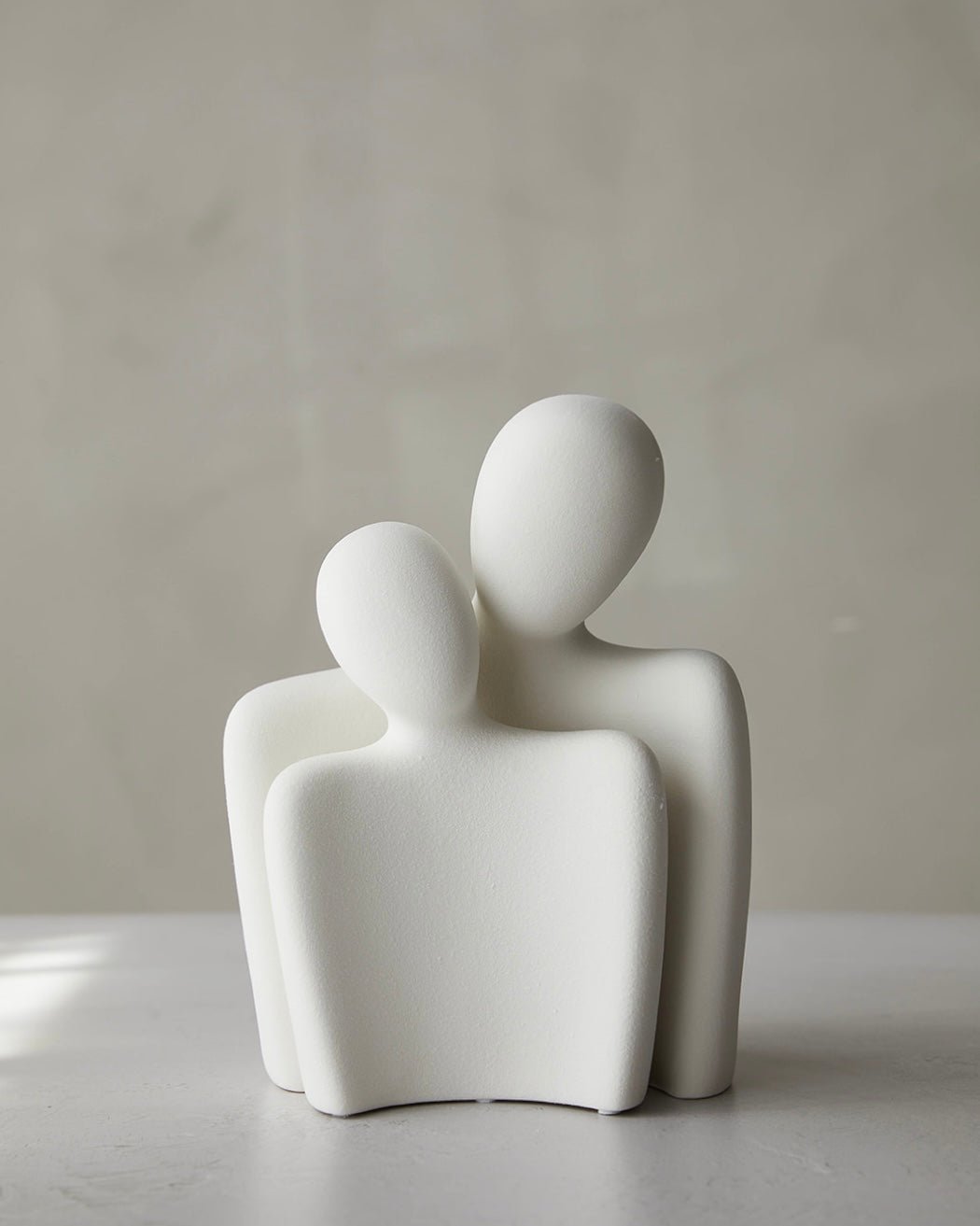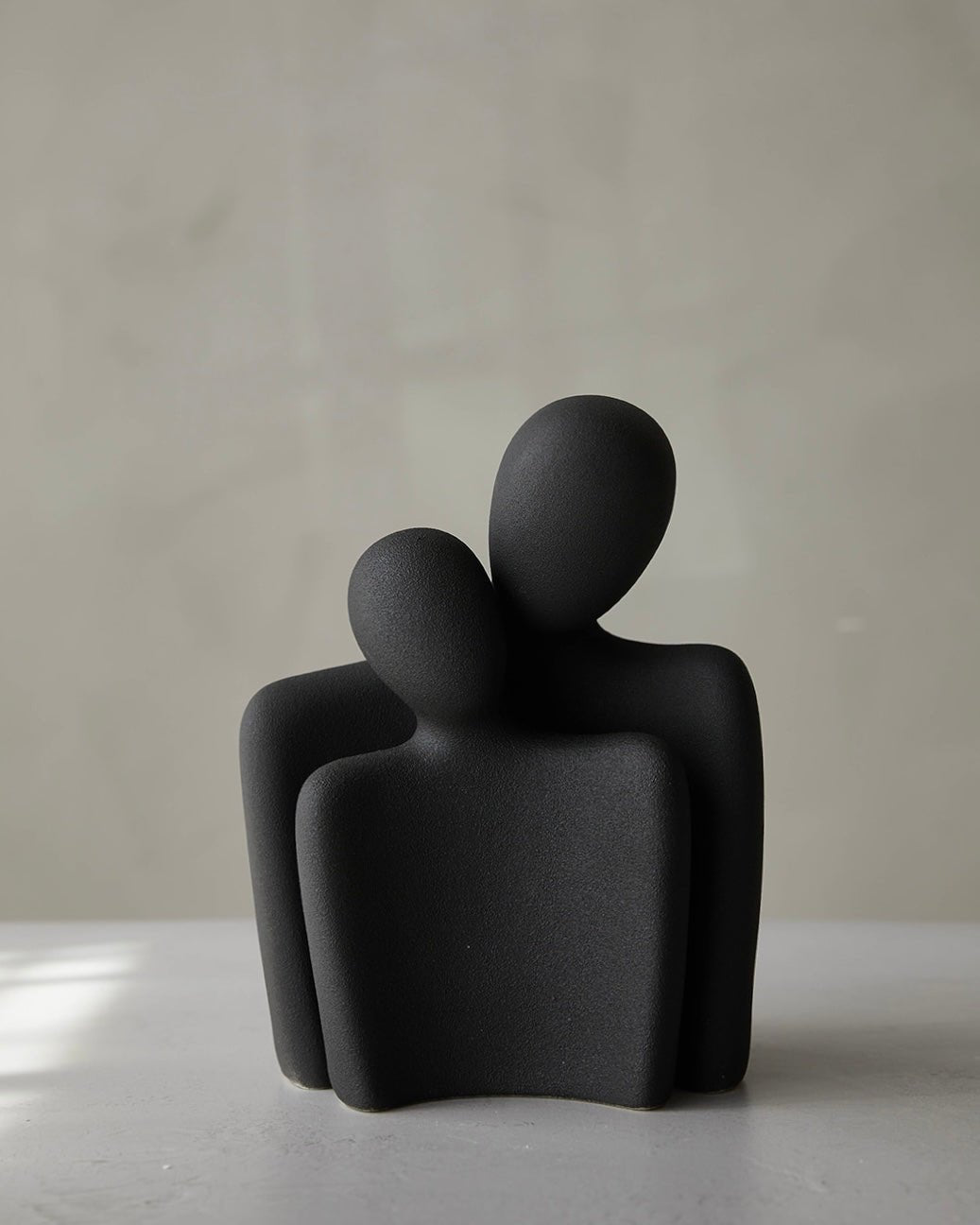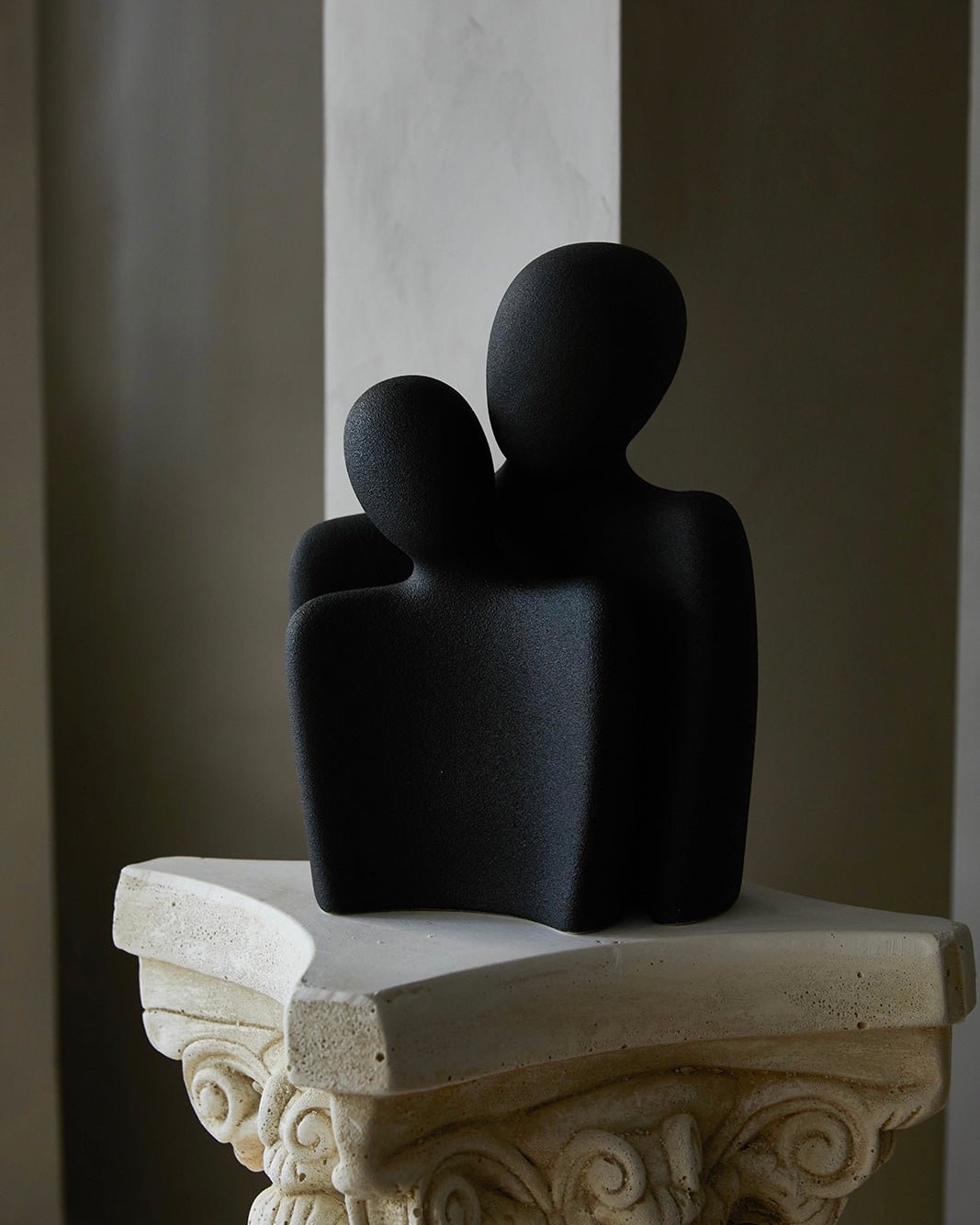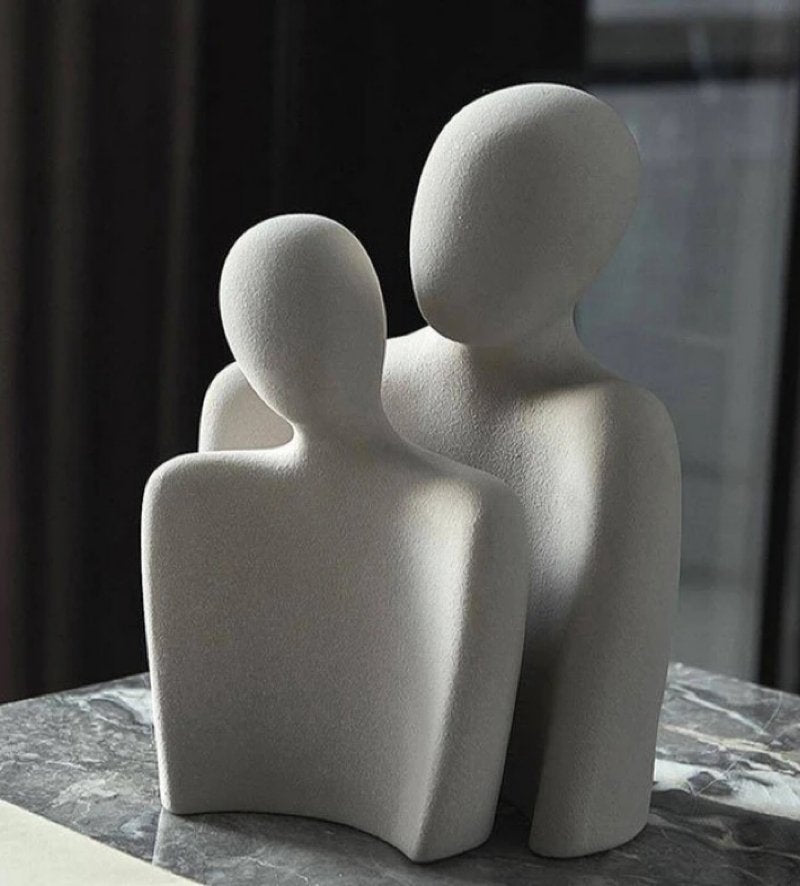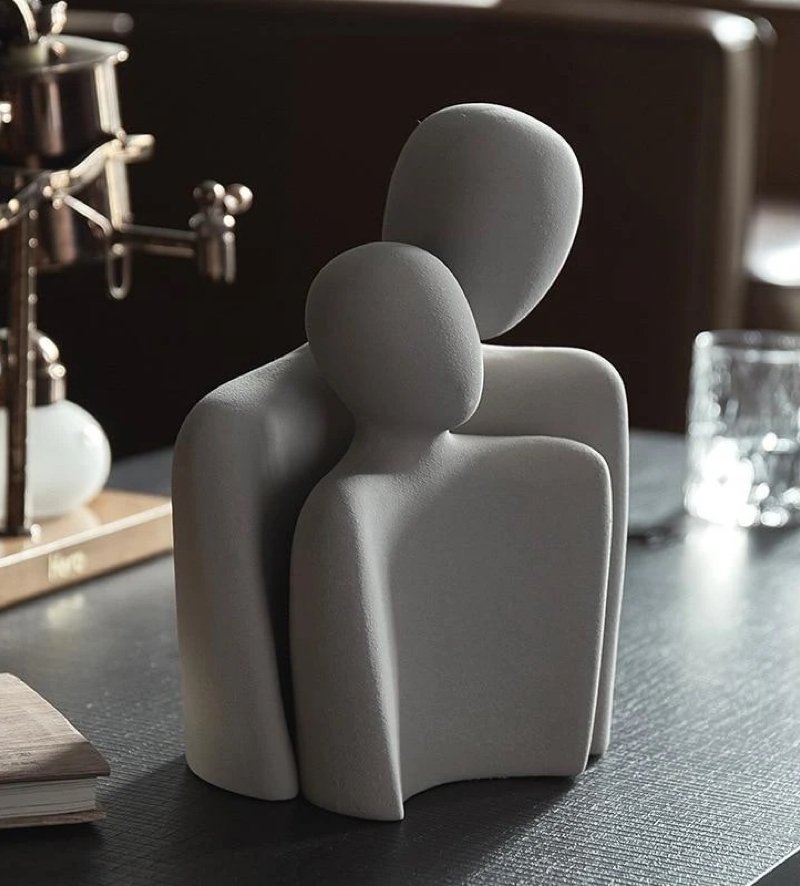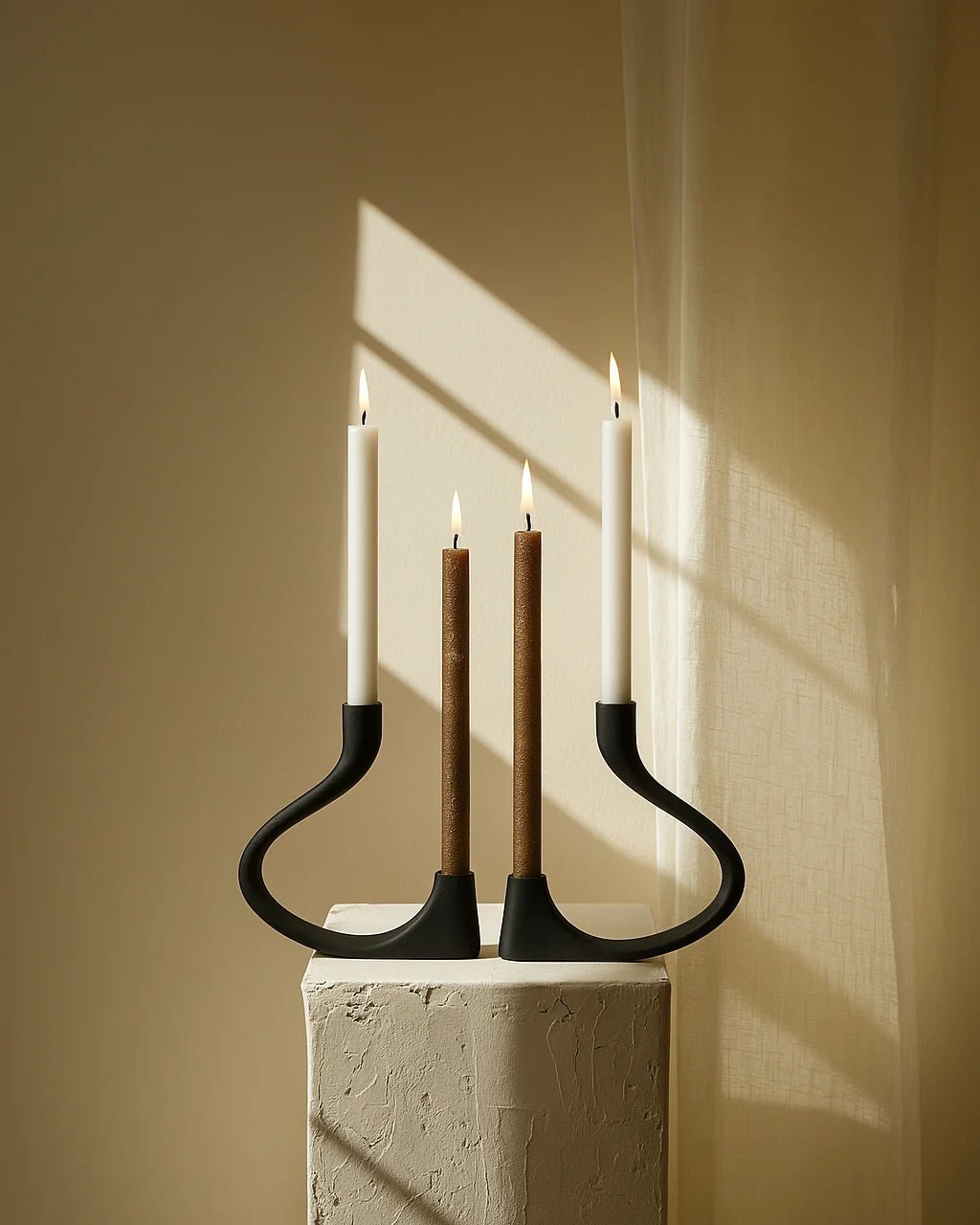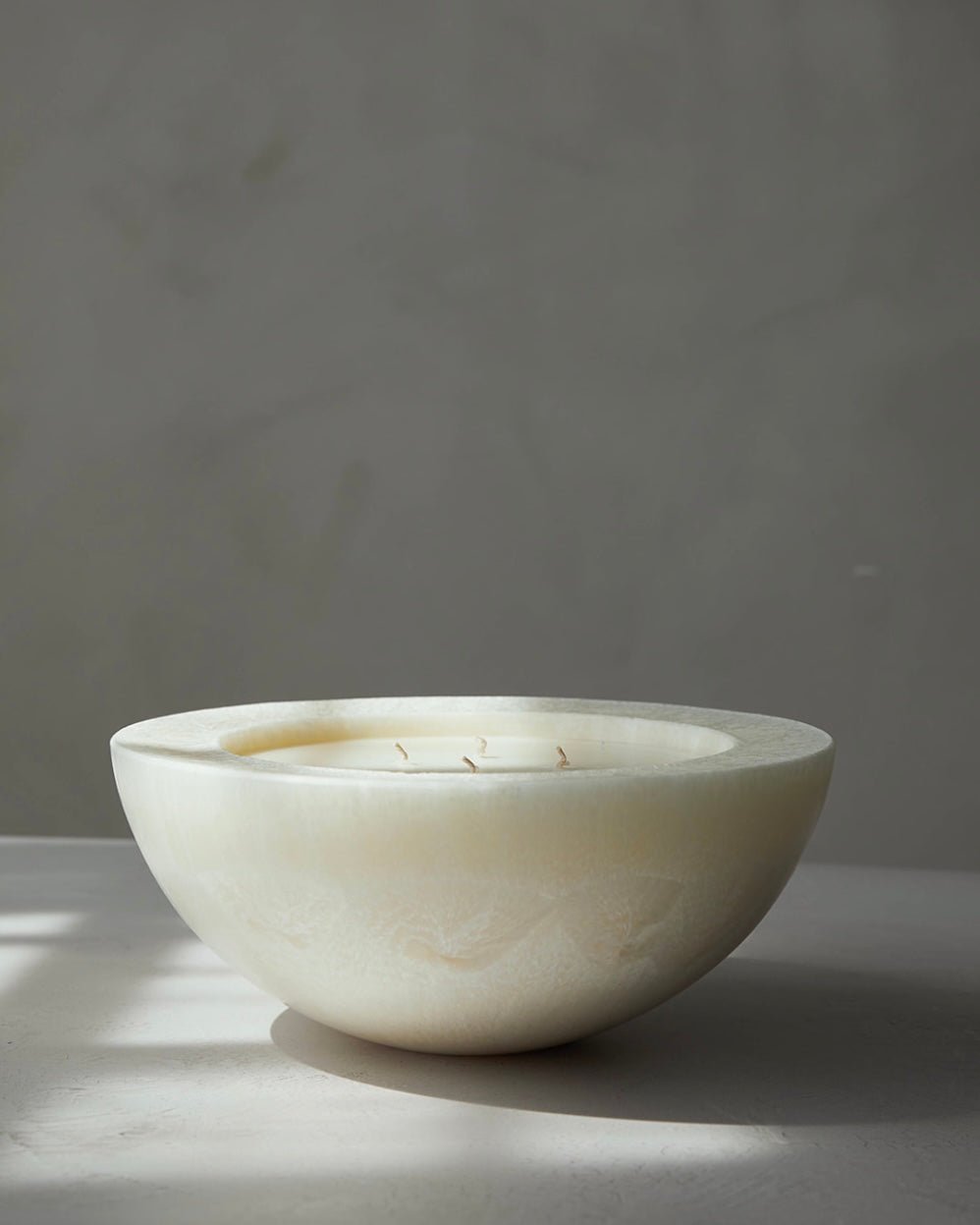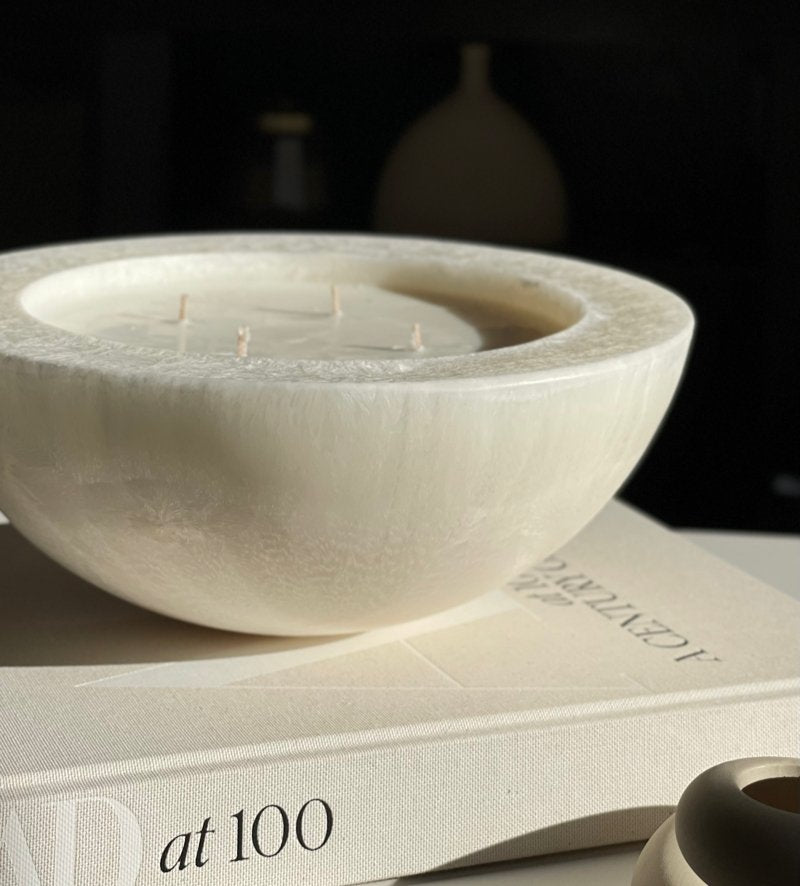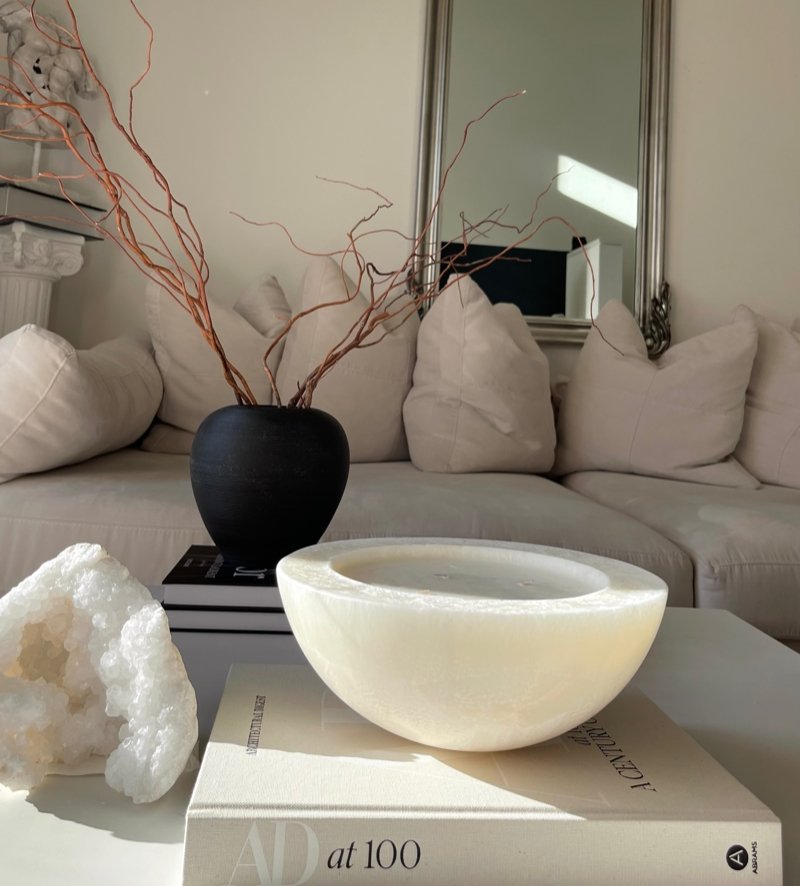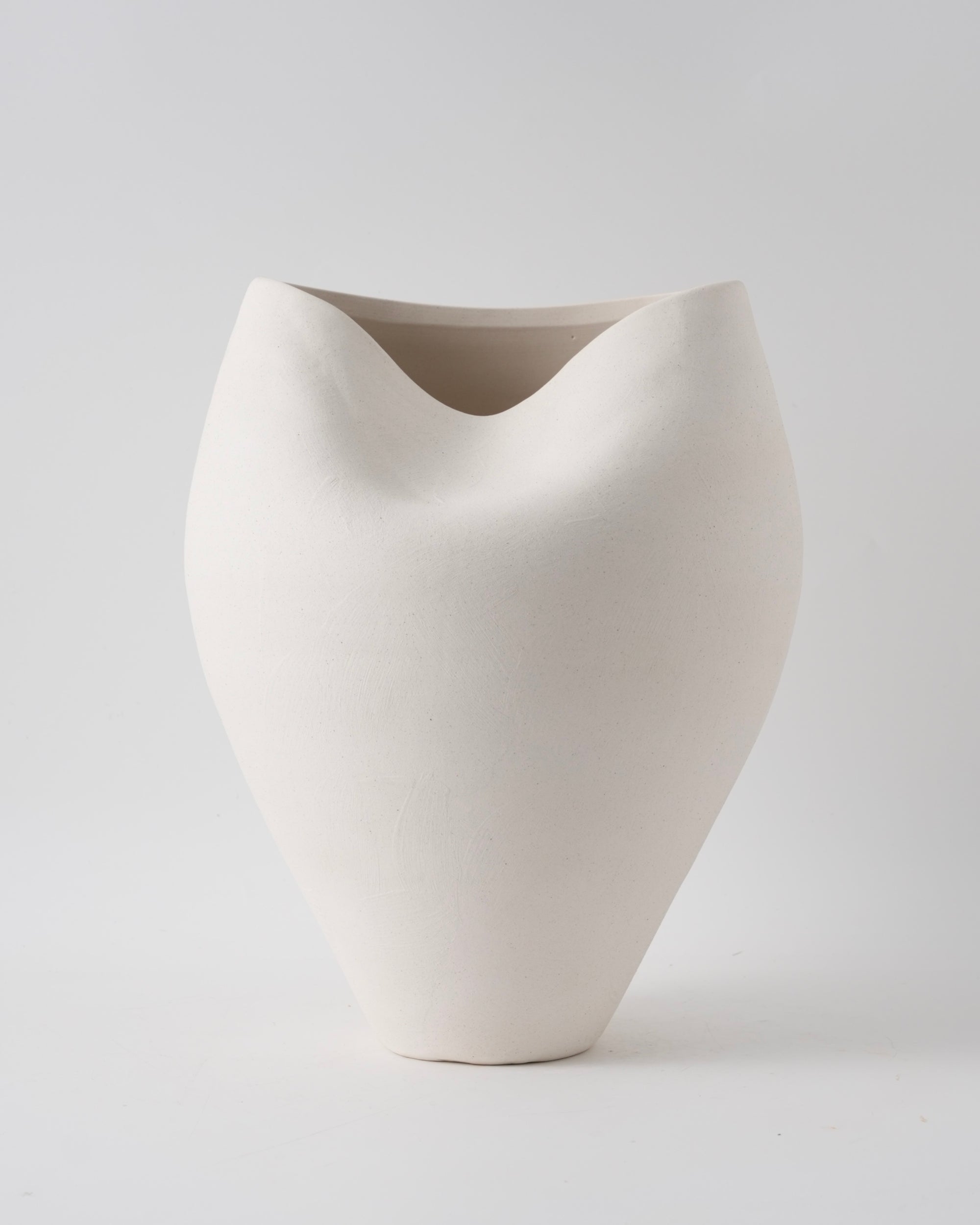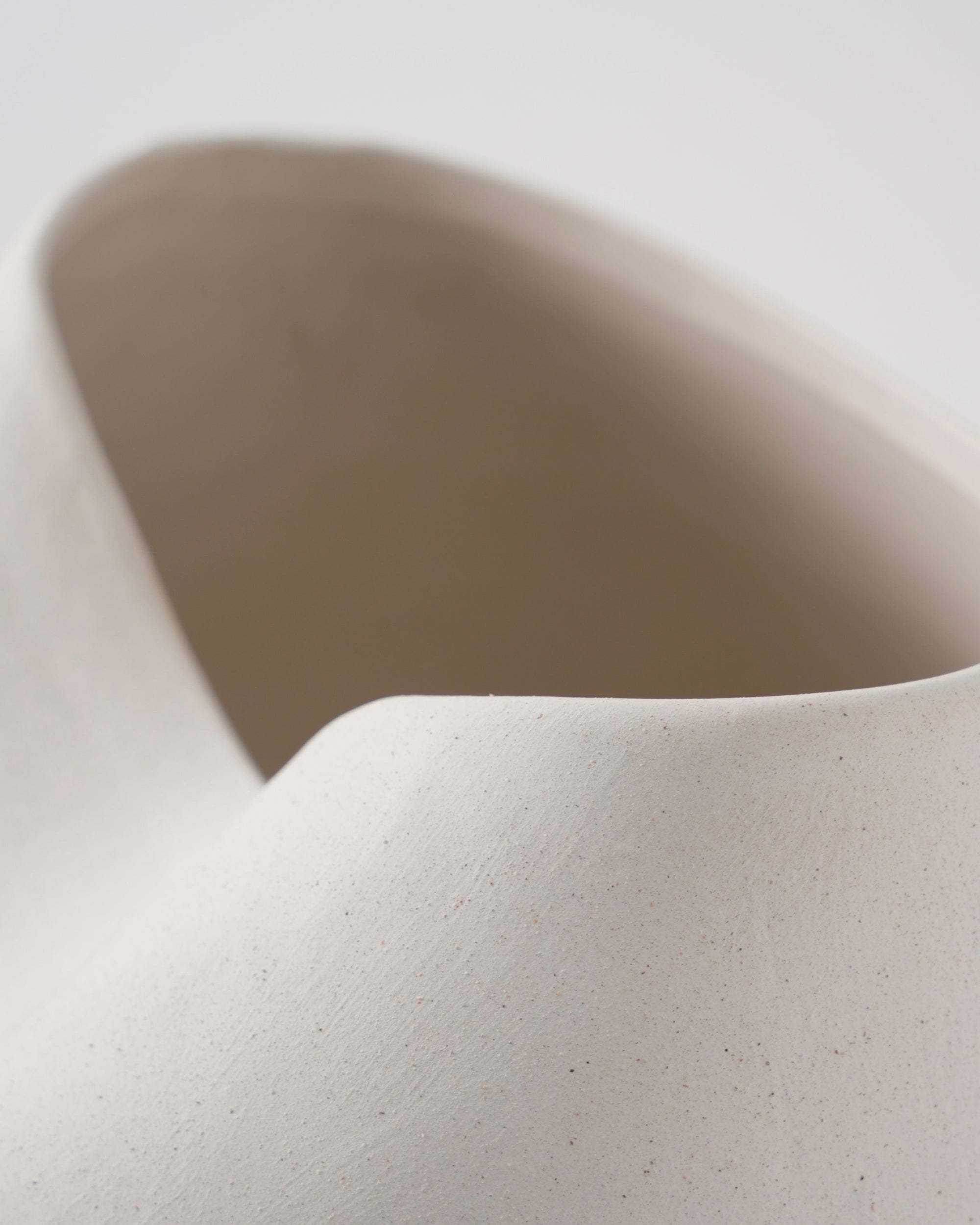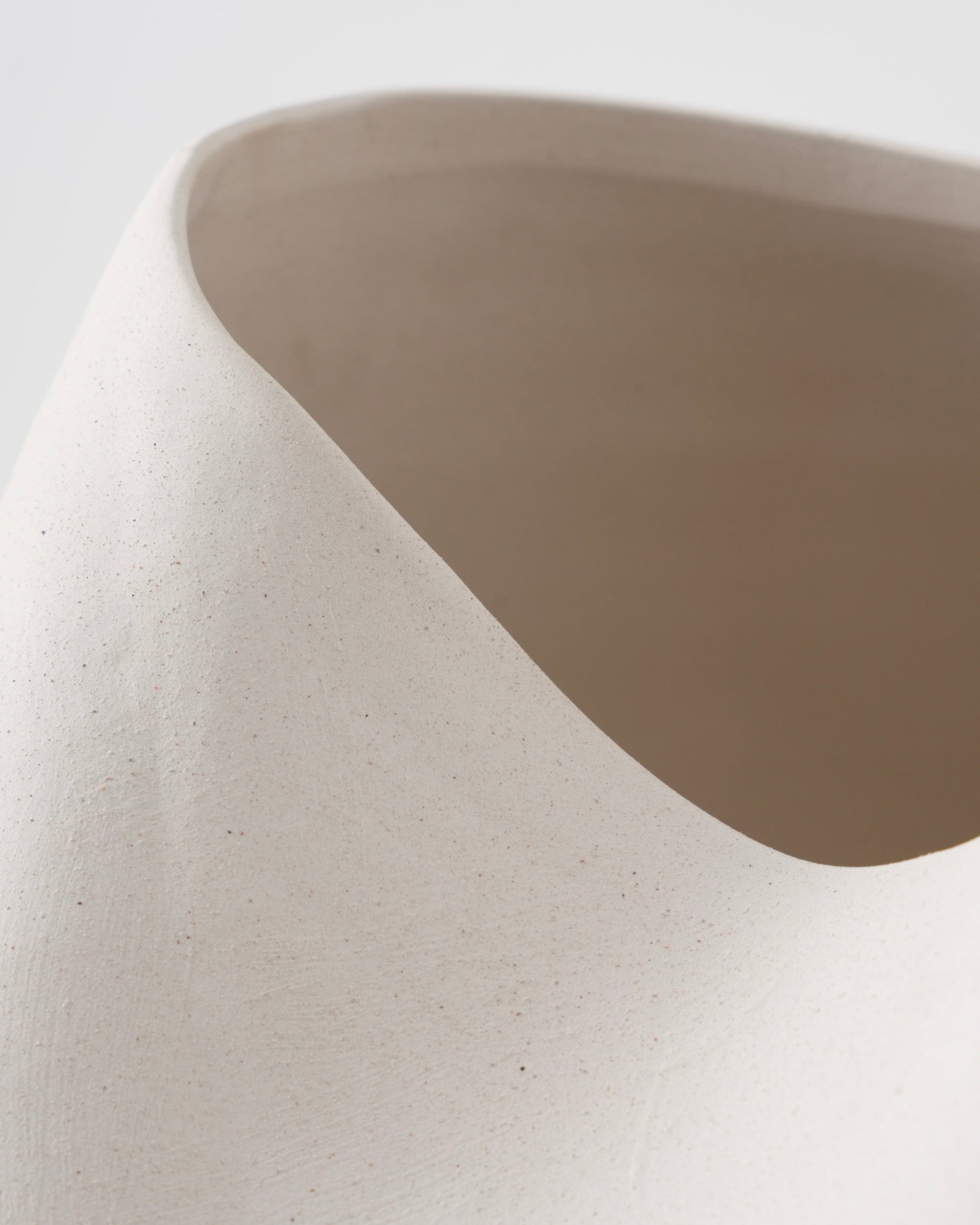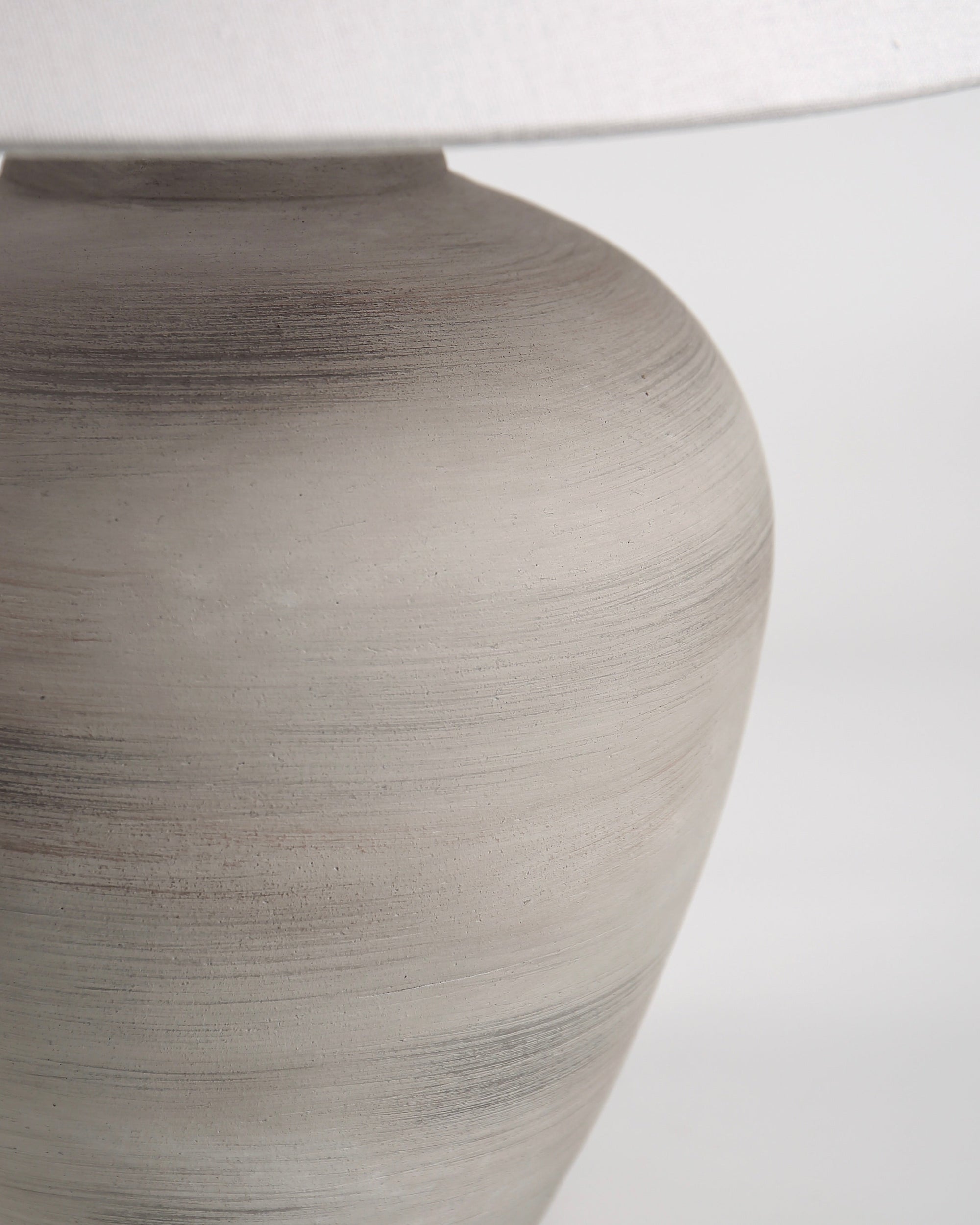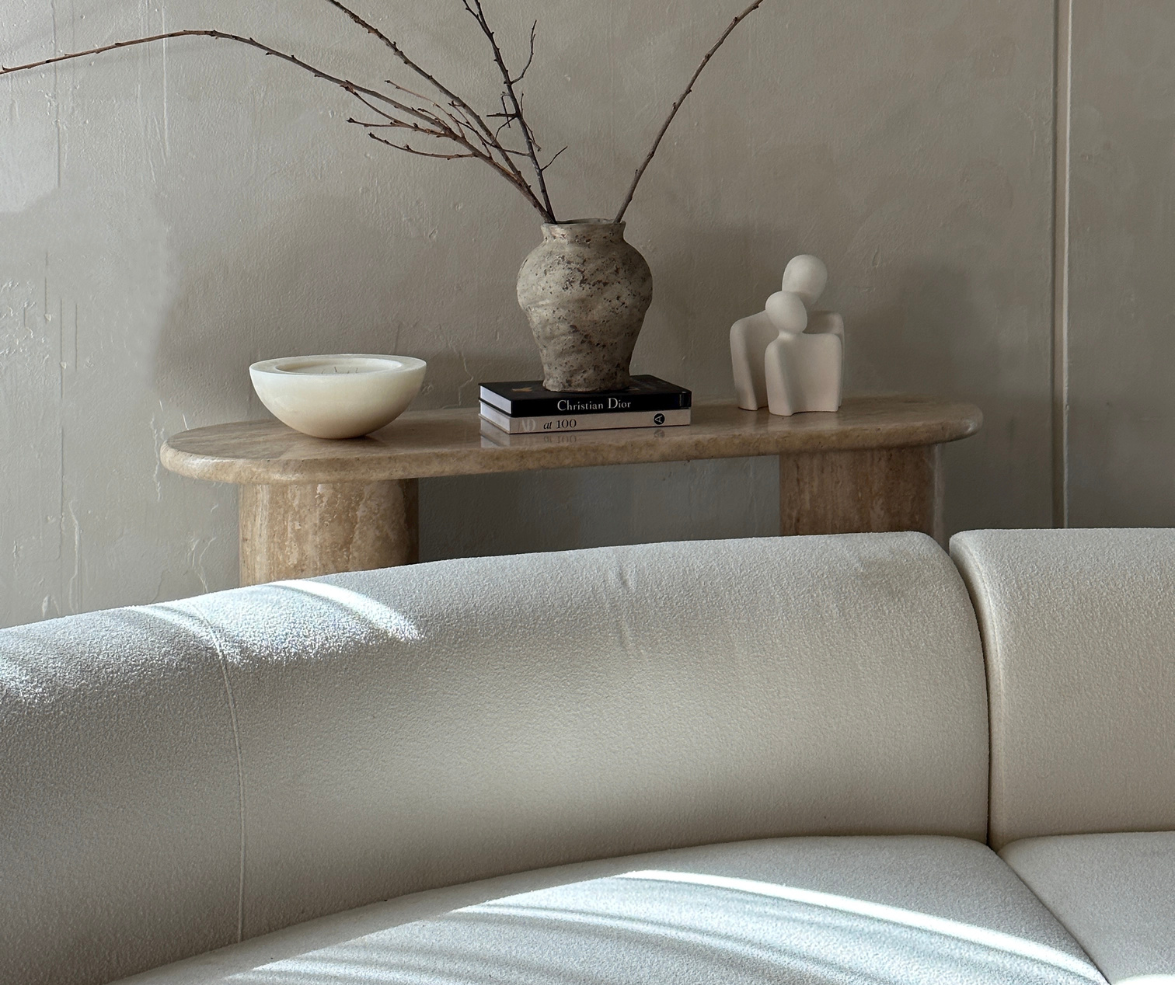
Within the tapestry of your home, each piece and element, whether grand or minimal, weaves into an overall narrative. Every room merits its own moment, as each are intricate to the flow of life. The dining room for shared recipes and laughs, the living room for connection and comfort, and the bedroom for a place of rest and the opportunity to start each day anew. Just as these spaces hold their own purpose, the chosen elements within their walls further transcend beyond what they are intended for, as they are the foundation to life's cherished moments in the comfort of home.
Arranging furniture is an artful task at hand, fusing together balance and functionality to your interior canvas. From the objects to the layout, bringing your home to life begins with a thoughtful curation and deep understanding of how all elements must align when arranging an inviting space.
Follow along, as we delve into the artistry of arranging furniture, to carefully design a home that checks all the boxes - a space that is exceptional and intentional.
Identify The Focal Point
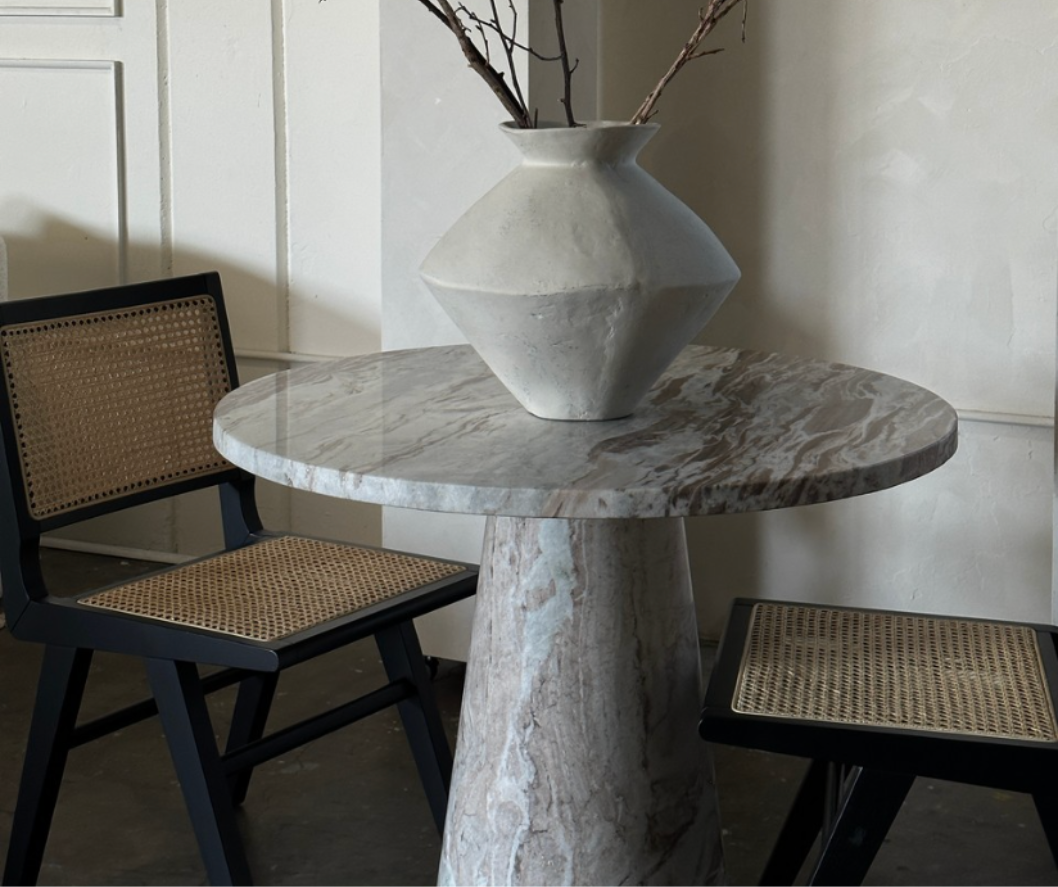
The start of grand decorating begins with the designation of a focal point, an element that should be present within every room. Discovering a focal point is an intricate detail in anchoring your room's design and guiding the eye.
A focal point can either be a fireplace, a large window or even a unique piece of decor. If you feel as though you are not able to locate one, consider implementing a focal point into your space, such as adorning the room with a striking piece of art or bringing in a distinctive furniture piece.
However, it is key to keep the room as balanced and harmonious as possible. If there are more than one focal points within a room, carefully arrange your pieces so that the various elements flow with one another and don't cause visual overwhelm.
Understand The Purpose of Your Room
When it comes to your furniture arrangement, it is best to understand the purpose of the room. Knowing the direction in which the room will take allows you to be intentional with your furniture choices, picking the best pieces that are suitable for the area in which you are decorating.
Whether it be a space for hosting guests, an area of relaxation, or a place to get some work done, your furniture placement will further support the atmosphere and task at hand, in the best possible ways.
Practice Functionality
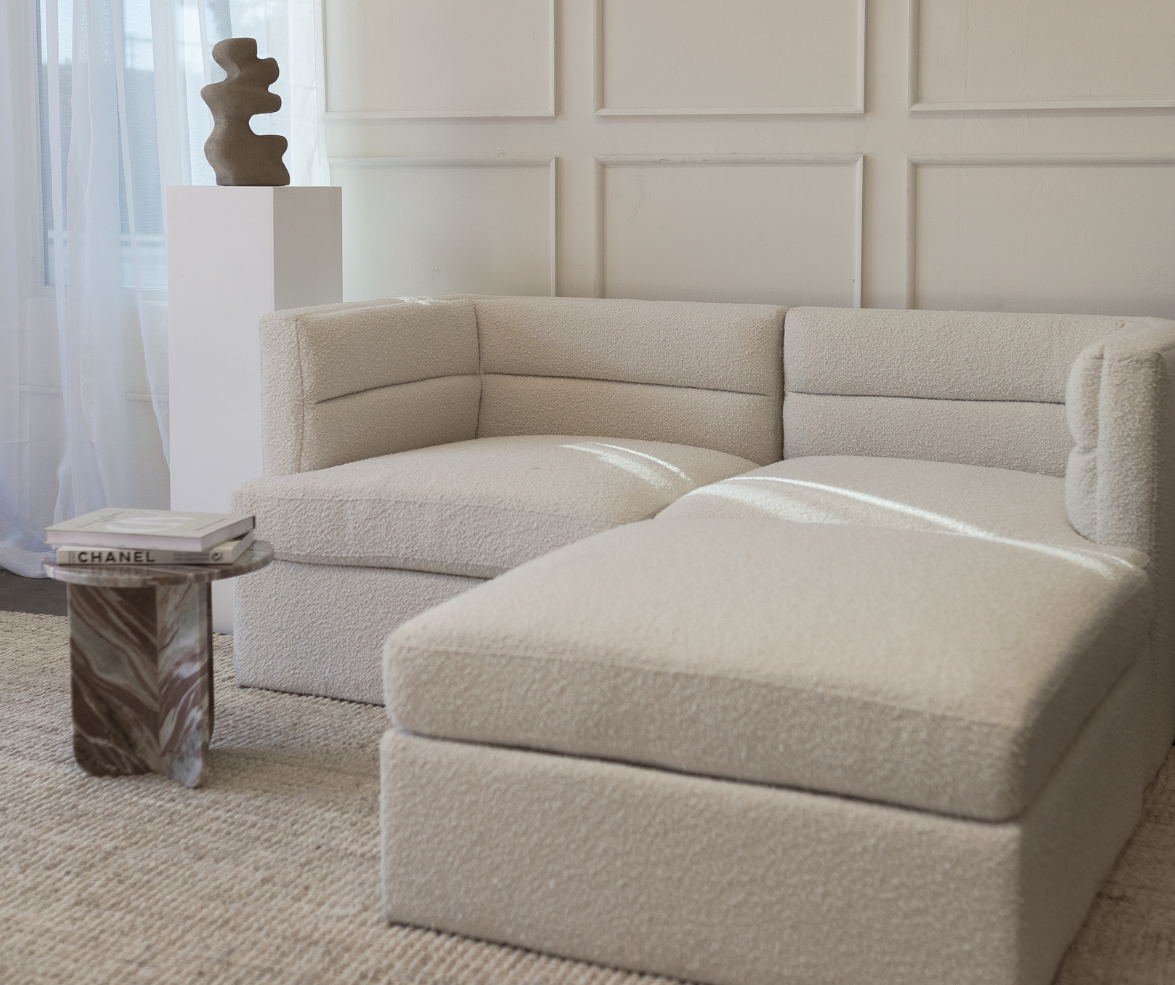
Functionality within your furniture arrangement is achieved when all elements are taken into account, specific to your room design. Each home has a different format, whether that be in architectural design, aesthetic, or purpose. To assure that functionality is taken into account when designing your space and how you choose to arrange furniture, it is best to keep in mind your design goals and to consider the accessibility of the area.
In Social Spaces, Move Furniture Away From the Walls
Whether entertaining guests or planning to create an inviting atmosphere, it is best to keep the furniture away from the walls. First and foremost, placing furniture away from walls allows you to create a more dynamic and visually appealing look, as you further promote a sense of balance and cause the room to feel larger. More so, when your furniture is astray for your walls, it incites intimacy, promoting conversation, gathering and warmth.
Assure There Is Room For Movement
Regardless of hosting social events or simply decorating for the comfort of your family, your furniture should always be arranged to allow for movement.
It is essential to consider the traffic flow that occurs within the living space you are arranging. Your furniture arrangement should ensure there is enough space for activity. Regardless of the purpose of the room, pathways should remain unobstructed. Accessibility should also be prioritized, especially in spaces where everyday activities occur.
Declutter Your Living Room as Much as Possible
Just as valuable as it is to assure there is room for movement, decluttering your space should be considered with high regard.
Decluttering is a fundamental aspect of the art of arranging furniture, influencing both the aesthetic and functional aspects to any home. By eliminating unnecessary objects, the room acquires a sense of openness and clarity, allowing the pieces present to be visually appealing and at the center of focus.
Decluttering promotes better functionality by ensuring that each piece of furniture serves its purpose without being hindered or overwhelmed by extraneous items. This creates a clean canvas for furniture arrangement, providing an intentional and clear approach to the placement of each item.
It's Always Best To Plan
Planning when it comes to arranging furniture in your home is akin to creating a visual symphony that harmonizes with both aesthetics and functionality. When you take the time to thoughtfully curate and arrange your home, you are infusing your space with unique character which mirrors your distinctive style and values.
Know Your Measurements
Prior to deciding on the selection and placement of furniture, gaining an understanding of the measurements of the area you are adorning will guide your design, as you don't want to bring in pieces that do not fit within that location. Take measurements of the room and furniture pieces, considering not only dimensions but also doorways and architectural features.
Creating a harmonious and visually pleasing arrangement of furniture relies significantly on scale and proportion. The size of furniture in relation to the space it occupies is crucial for maintaining and achieving balance. In a spacious living room, small furniture pieces may appear lost and hidden, lacking the presence needed to fill the room. Conversely, in a more compact area, oversized furniture can be overbearing, making the room feel cramped or overwhelming. Striking the right balance ensures that each furniture piece complements the overall look, preventing an unsettling sense of disproportion which will disrupt the cohesion of the room.
Choose Pieces That Make Sense
Creating a harmonious arrangement of furniture in your home is an art that demands careful thought surrounding each piece's purpose and positioning. Functionality holds precedence, and every item should serve a practical role in the space. A dining table belongs in the dining area, a sofa defines the living room, and bedroom furniture should cater to relaxation. Beyond functionality, the selection of furniture should harmonize with your lifestyle, ensuring that the pieces align with your daily life and personal style.
Assure There Is Balance To Your Decor
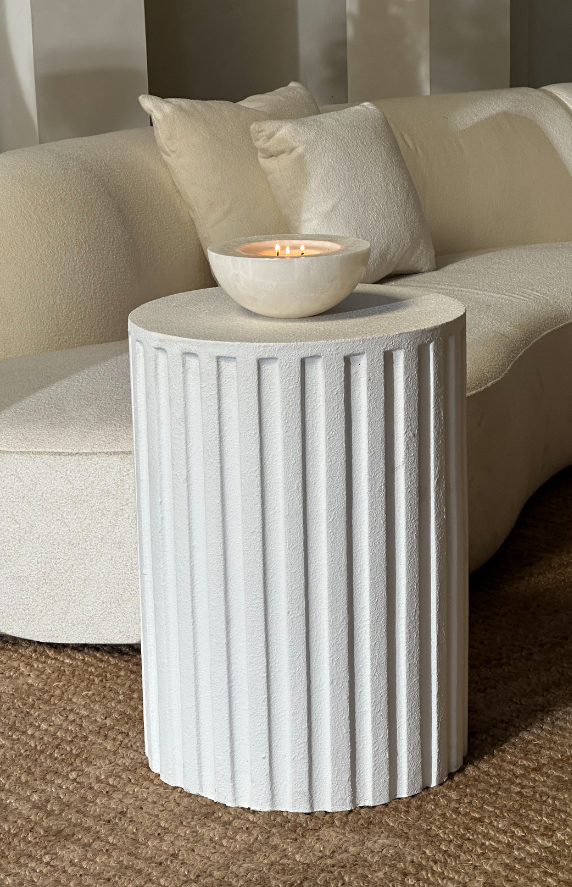
Achieving balance in furniture arrangement involves distributing visual weight harmoniously throughout the space. Visual weight is affected by the size, color, and shape of each piece, and maintaining equilibrium is necessary for a beautifully composed design. Larger furniture items tend to carry more visual weight, so it's essential to balance them with lighter elements to prevent the space from feeling overly asymmetrical - an asymmetry that is not ideal.
For example, if you have a sizable sofa overpowering one side of the living room, it is best to balance the visual weight by incorporating lighter pieces on the opposing side. To achieve this, consider an addition of open shelving, a more delicate coffee table, an elevated chair or even a piece of art.
Experimenting Can Be Helpful
Amid the process of decorating and arranging furniture, the pressure to commit to precise arrangements can induce feelings of stress and doubt. To ease these exhausting feelings, experiment with the placement of your pieces. Although it is always helpful to map out a plan as to have ideas for what will work or what won't, a bit of trial and error will further advance your adornment.
Experimenting with furniture arrangement allows for the exploration of different layouts and configurations to find the most harmonious and functional layout. Doing so will encourage creativity and innovation, allowing you to discover unique ways to maximize the use of your space. Through experimentation, one can assess the flow of the room, try various focal points, and understand how furniture placement influences the overall ambiance of the room you're decorating.
In essence, experimenting with furniture arrangement is an invitation to engage with the evolving narrative of your home. It fosters a feeling of playfulness, allowing for the unearthing of unexpected yet appealing arrangements that elevate the aesthetics and functionality of the room.
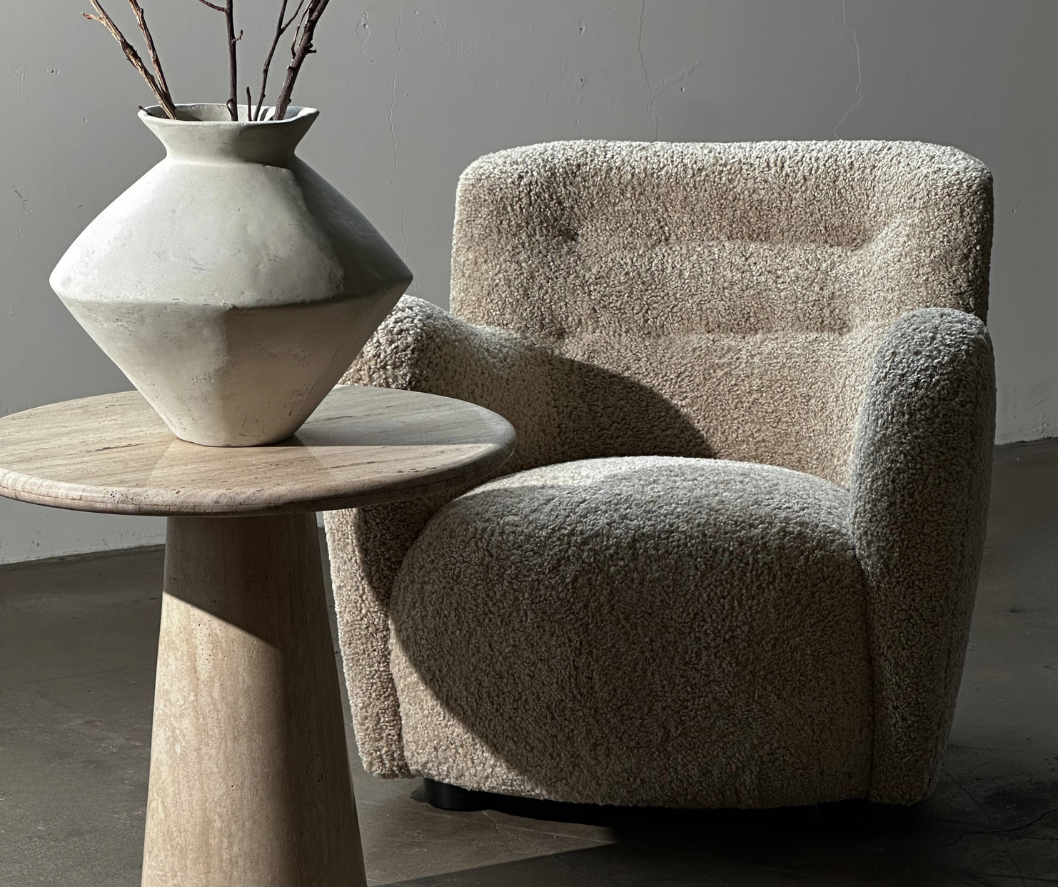
To arrange furniture in a functional and aesthetically pleasing way is to create a home that is thoughtful, intentional and is a place that represents your being as a whole. Arranging furniture is an art form, one that beckons planning, experimentation and fulfilling the purpose of your home, with every room in mind.
Each piece in your dwelling should contribute to an overall feel of the specific room at hand, one that supports you in experiencing your everyday life and routines, in the most substantial ways. The dining room should be a place for shared experiences, the living room for mutual connection, and the bedroom as a place of comfort.
With these essential guidelines on the art of arranging furniture, we hope you craft a home where every piece is intentional and every arrangement exceptional - a space that not only fulfills your practical needs but also resonates with the soulful feel of a well-designed abode.
To adorn your space with a selection of elevated furniture pieces, visit our collections here.

